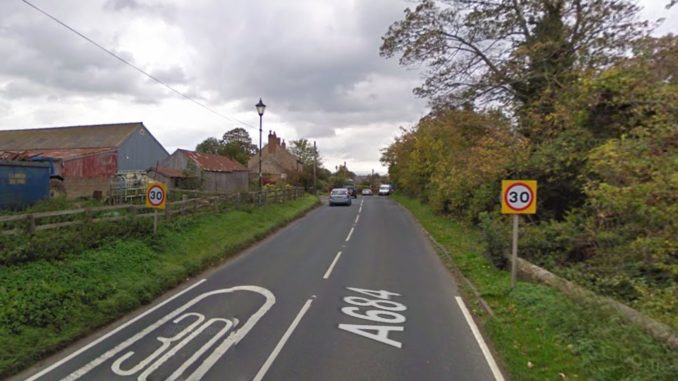
North Yorkshire Council has sought to put to bed persistent calls for default 20mph limits in built-up areas.
As leading members of Conservative-led North Yorkshire Council unanimously pushed forward a strategy to restrict the number of 20mph zones on the county’s 5,753-mile road network, they said after years of road safety debates it was time to focus on delivering “genuine change with lasting impact”.
Following the council’s second review of its 20mph limit policy in two years a meeting of the unitary authority’s executive agreed its core criteria for introducing 20mph speed limits and zones should remain unchanged.
However, they agreed to launch a series of planned reviews which will see areas, villages or towns examined as a whole, rather than specific streets, for 20mph limits, alongside a range of alternative traffic calming measures.
Executive member for highways Councillor Keane Duncan said under the strategy communities would be empowered to help generate “a rolling pipeline of schemes” to cut vehicle speeds.
The meeting had heard from numerous campaigners who claimed they had both widespread support from residents and schools for 20mph limits and overwhelming evidence to support them being the norm in towns and villages, citing examples of success in places such as Calderdale and Wales.
Hazel Peacock, of the Oatlands Road Safety & Active Travel Campaign told the meeting nearly 1,000 people had signed a petition to introduce a blanket 20mph zone in parts of south and west Harrogate, while others, including a Conservative councillor, said the authority was only putting off the inevitable.
Another campaigner, Malcolm Margolis, added the council’s strategy seemed to “make sense only if the conclusion was written first and the evidence then bent to fit it, with the benefits of default 20mph outlined in the appendix, sidelined or ignored”.
Councillor Arnold Warneken added the council was “listening, but not hearing”.
The meeting heard campaigners suggest accidents such as one outside Ashville College in Harrogate in February that had left two boys with life-changing injuries, would have been averted if the council had agreed to extend a 20mph zone there.
However, Coun Duncan replied excessive speed had not been among the contributory factors to the Harrogate incident and lowering speed limits was just one tool the authority had at its disposal.
He said introducing 20mph limits did not necessarily mean motorists would travel below 20mph, giving the example of a signed 20mph limit on Pannal Ash Road in Harrogate, where average speeds were 28mph, which had been introduced following public pressure.
Coun Duncan said signed 20mph limits could sometimes be counter-productive and result in marginal decreases in average speeds and low overall compliance.
He added: “North Yorkshire Council strongly believes in democracy not dictation.”
The council’s deputy leader, Councillor Gareth Dadd said every pound that was spent to “placate populism” could be spent elsewhere, before challenging residents supporting default 20mph limits to drive at that speed through every other town and village for two weeks.
He added: “This is not a green light to hundreds of 20mph zones suddenly appearing across our county.”


Be the first to comment